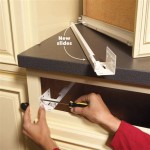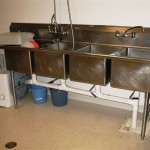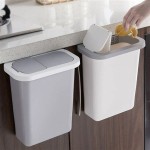Tiling a kitchen floor is a great way to create a beautiful, durable surface that will last for years. In this article, we’ll explore the steps involved in tiling a kitchen floor, including choosing the right materials, preparing the floor surface, laying the tiles, and grouting. With a little patience and attention to detail, you can create a stunning kitchen floor that you can be proud of.
Choose the Right Materials
When selecting tiles for your kitchen floor, choose a material that is both attractive and durable. Ceramic and porcelain tiles are a popular choice due to their resistance to staining and ease of cleaning. Natural stone tiles such as slate, marble, and granite are also a great option and will add a unique look to your kitchen. Be sure to check the manufacturer’s instructions for proper installation, as some materials may require specialized tools or techniques.
Prepare the Floor Surface
Before you begin tiling, prepare the surface of the floor by removing any existing floor coverings and vacuuming or sweeping to remove dirt and debris. Make sure that the floor is level, as uneven surfaces can cause tiles to crack or come loose. If you are installing new tiles over an existing floor, be sure to seal any gaps or cracks with a quality sealer.
Lay the Tiles
Once the floor is prepared and the tiles are chosen, it’s time to begin laying the tiles. Start by marking a reference line in the center of the room. This will help you keep the tiles straight and even. Use a notched trowel to spread the adhesive over a small section of the floor, and then press the tiles into place. Be sure to use spacers between each tile to ensure even grout lines. Continue until the entire floor is tiled.
Grouting
Once the tiles are in place, it’s time to grout. Mix the grout according to the manufacturer’s instructions, and then apply it to the tile joints using a rubber grout float. Make sure to work the grout into the joints, and then wipe off any excess grout with a damp sponge. Allow the grout to dry overnight, and then buff the tiles with a dry cloth to remove any remaining residue.
Conclusion
Tiling a kitchen floor is a great way to upgrade the look of your kitchen. With a little patience and attention to detail, you can create a beautiful and durable kitchen floor that will last for years. Be sure to select the right materials, prepare the floor surface, lay the tiles, and grout properly in order to achieve the best results.















Related Posts








